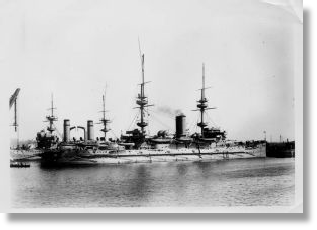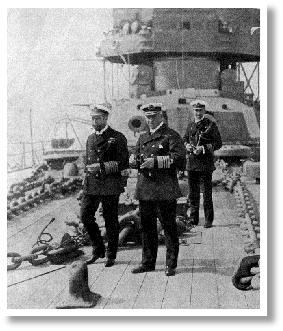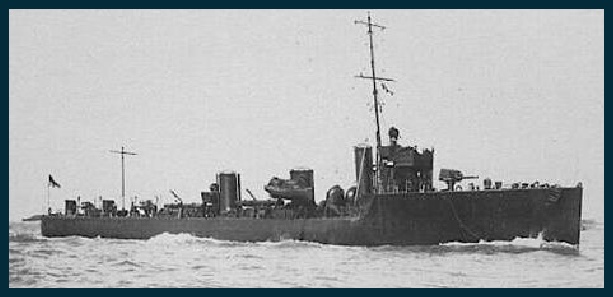Copyright © All rights reserved.



Walter Lightfoot
Walter was the younger son of William and Sarah Jane (nee Milsom) Lightfoot who were married in the Malton area in the third quarter of 1882, and was born on 23rd April 1891 when his family was resident at Pauls Row, Greengate, New Malton.
Sarah Jane died in the second quarter of 1900 aged 34 and by 1901 the family were living at 8, Stephens Yard, Newbiggin, Malton.
1901 Census– resident at 8, Stephens Yard, Newbiggin, Malton
LIGHTFOOT, William, Head, Widower, M, 39, Agricultural Labourer, Old Malton Yorkshire,
LIGHTFOOT, Dasey, Daughter, Single, F, 15, House Keeper, Malton Yorkshire,
LIGHTFOOT, Herbert, Son, Single, M, 12, , Malton Yorkshire,
LIGHTFOOT, Walter, Son, Single, M, 9, , Malton Yorkshire,
LIGHTFOOT, Esther, Daughter, Single, F, 7, , Malton Yorkshire,
LIGHTFOOT, Hilda, Daughter, Single, F, 1, , Malton Yorkshire,

Before Walter joined the Navy, he was working as a town labourer, but on 29th July 1910 he joined the shore establishment Victory 1 at Portsmouth as an Ordinary Seaman. In September he joined HMS Illustrious, a Majestic-
In January 1911 he transferred to HMS Neptune a much newer dreadnought battleship which was the flagship of the Home Fleet. By the time of the census in 1911 William had moved to Old Malton, living at 3 Pit Houses with two daughters, a granddaughter and lodgers while Walter was on shore leave at the Royal Sailors’ Rest, Portsmouth.
1911 Census – resident at Royal Sailors’ Rest, 172 -
LIGHTFOOT, Walter, , Single, M, 19, O Seaman, Yorks Malton
In October 1912 he was promoted to Able Seaman and left Neptune in January 1913 to join HMS Vindictive, an elderly Arrogant-
After just over a year with Vindictive he joined the Acasta-
Lynx left Cromarty with two half-
At 0600 on 9th August 1915, HMS Lynx was on patrol on the Moray Firth, when she struck a mine and exploded, with the loss of all but 26 of her crew, including Walter.
HMS Lynx was one of the Grand Fleet destroyers on patrol in the Moray Firth on the night of 8-
At 10.40 pm on 8 August, Lynx received a message that was sent to all of the destroyers on outer patrol in the Moray Firth, ordering them to keep at least five miles to the eastward of the N-
At the time Lynx was blown up there was no information that the minefield extended north of latitude 58°, but Lynx had been warned by HMS Faulknor that it was feared the minefield extended across the Firth.
A signal made at 12.30pm on 8 August only directed Lynx to pass north of latitude 58°. She was sunk in latitude 5808N. There was no evidence to show the exact position at the time of striking the mine, but survivors were picked up by the SS Vulcano about 8.30am in 580700N, 023830W.
The Midge had correctly interpreted the order to keep well outside the N-
The explosion apparently occurred in front of No.1 boiler room, wrecking and severing the fore part of the ship, as far aft as No.1 boiler room. A second violent explosion also occurred in the vicinity of No.1 boiler room, between 5 and 10 minutes after the first explosion. The Court of Enquiry was of the opinion that this was caused by the after part of the ship drifting against a second mine.
The wreck constitutes a war grave and its exact location is unknown.
Walter was among those who lost their lives on 9th August 1915. He is commemorated on the Portsmouth Naval Memorial as well as both the Old Malton War Memorials.
